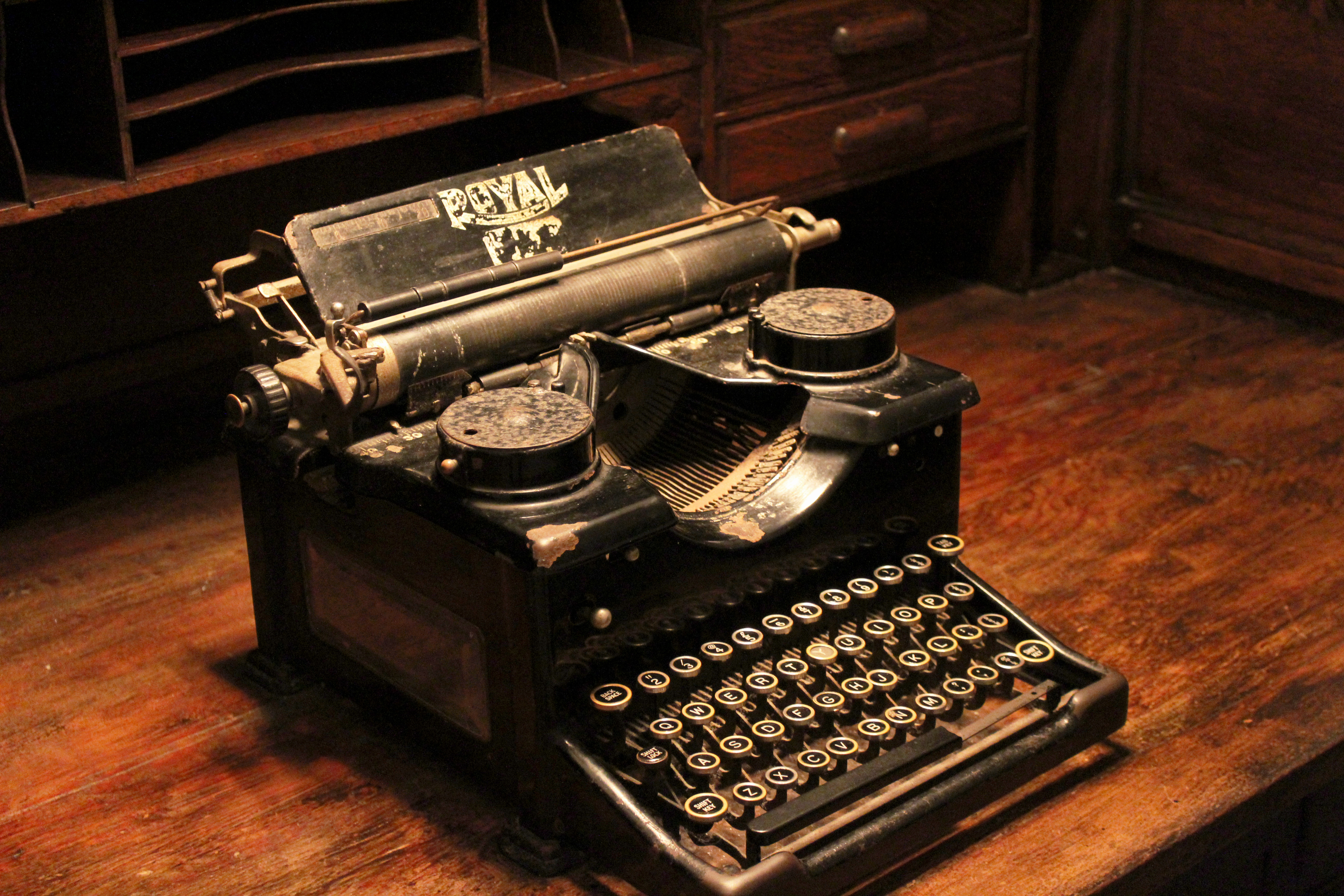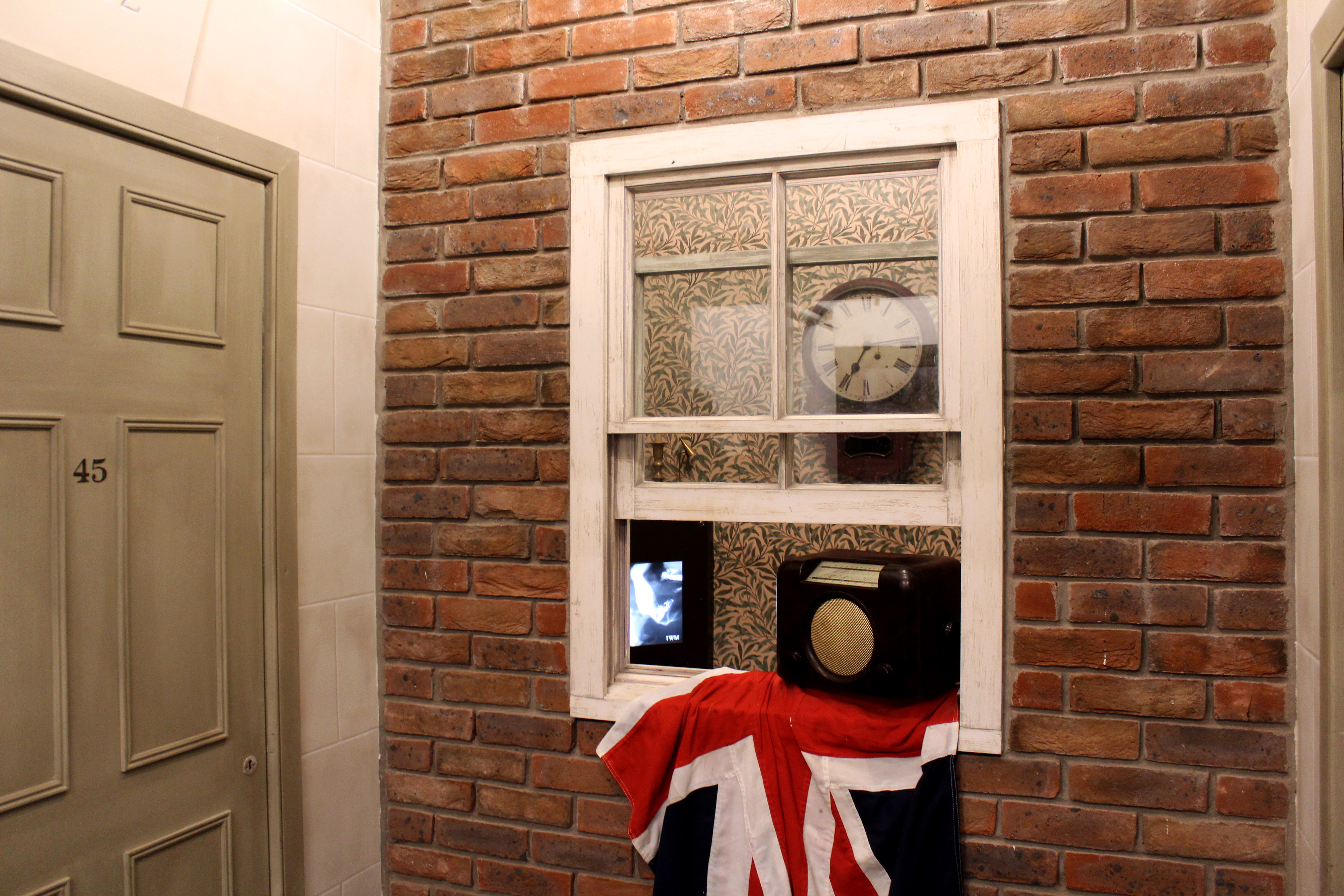Genre: Conceptual / Installation Photography
Still life photography is a genre of photography used for the depiction of inanimate subject matter, typically a small group of objects. It is the application of photography to the still life artistic style.
This genre gives the photographer more leeway in the arrangement of design elements within a composition compared to other photographic genres, such as landscape or portrait photography. Lighting and framing are important aspects of still life photography composition.


Still life images can be just about anything that doesn’t move. The definition of a still life is an inanimate object but other subjects are loosely termed as still life as well. These include flowers, food, etc. They are life forms but they don’t move. Because the subjects are smaller, lighting coverage is less and alternatively less power is need.
This goes back to a bit of photography history. In the early days of photography, exposures were pretty long, which made it ideal to take shots of inanimate objects. Of course, as technology improved and time wore on, still life photography is still incredibly popular because of product shots. Whether it’s for magazines, catalogues or websites, product shots and still life anything is very much in-demand.
The still life has always been a key tool for experimentation and development for the artist and photography adopted this tradition as well. Still Life Photography has its roots all the way back to Henry Fox Talbot (member of parliament, scientist, inventor and a pioneer of photography). Many of the early practitioners of still life photography adapted Fox’s examples and mixed them with traditional painting models. Most of this was in trying to get photography accepted as a serious art form. For example, many of the early Roger Fenton works involved typical subjects of fruit, themes of abundance and victorian style lighting.
Examples of Henry Fox Talbot’s Photography:

Still life became distinct genre and professional specialization in Western painting by the late 16th century. Still-life paintings also often are in the interior of ancient Egyptian tombs. It was believed that food objects and other items depicted there would, in the afterlife, become real and available for use by the deceased. Ancient Greek vase paintings also demonstrate great skill in depicting everyday objects and animals.
As photography matured into the twentieth century, photographers such as Edward Weston incorporated still life photography in experimentation with organic forms and connections in nature.
Examples of Ed Weston’s work:


Lighting’s always important in photography, but perhaps it’s even more so when still life is concerned. The pros normally rely on either a light box or a soft box to shoot their still lifes because it provides even light on the subject matter. Even lighting makes for better, more attractive images.
In landscape photography, there isn’t much we can learn about how to set up and control light. We generally have to work with what is there and about the only control we have is the time of day. In portrait photography, we have all the lighting options: main light, fill light, background light e.t.c, but we are restricted on the amount of time we can take. If we tweak and adjust too long, our subject will get tired of waiting and leave.
As in the composition arrangement, one of the main benefits of the still life photography lighting setup is that we can take as long as we want. We can tweak and fiddle until it is perfect.




















